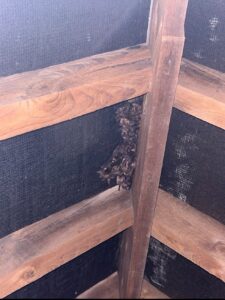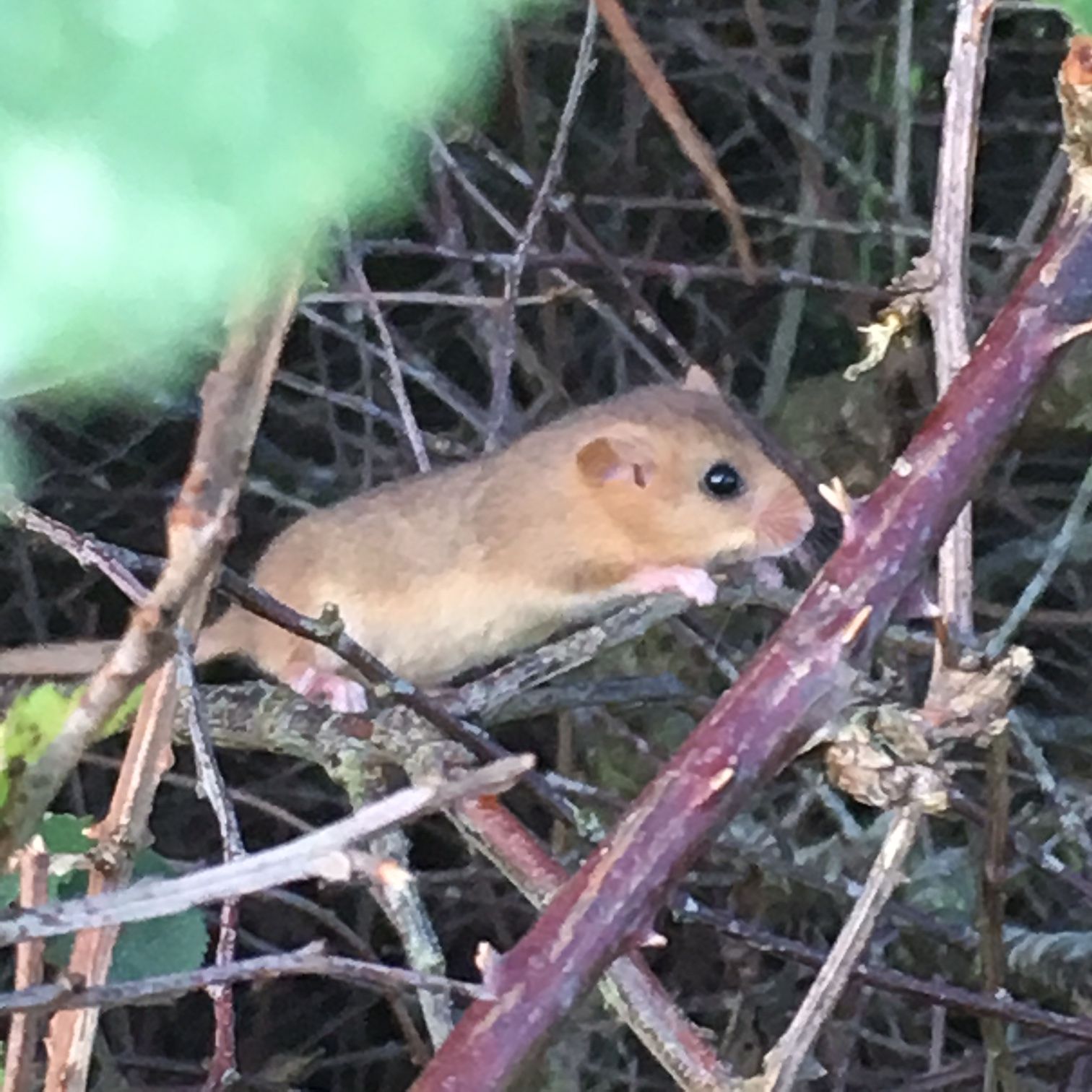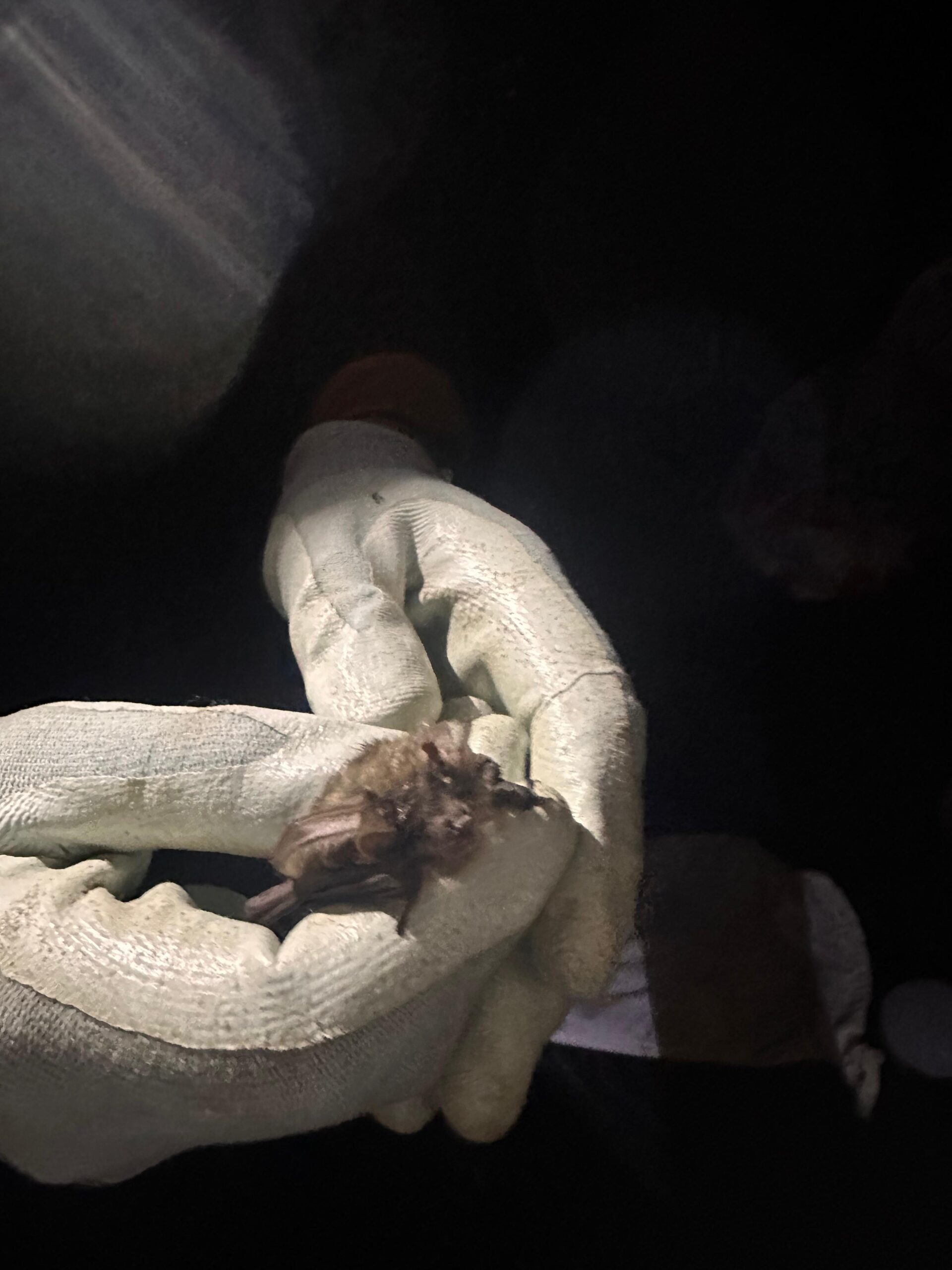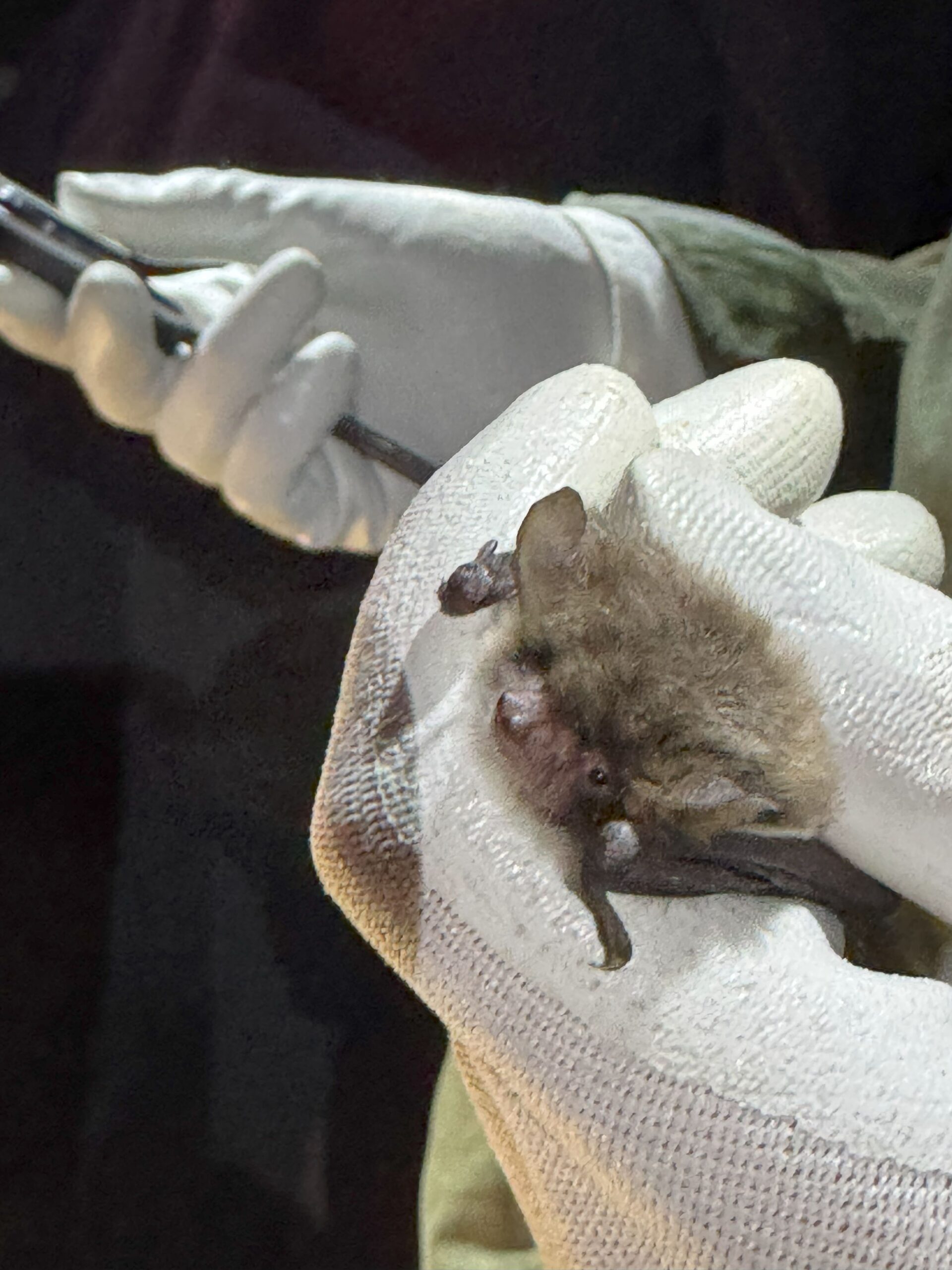Bats and Development
15-05-2025

Brown long-eared bats in roof void
Bats, often misunderstood and underappreciated, play a vital role in ecosystems, but they are also a species that faces numerous threats from human activity.
In the context of building and development, one of the most significant challenges is finding a balance between preserving bat populations and accommodating the growing need for new construction.
Bats provide a wide range of ecological benefits that are crucial for biodiversity, agriculture, and the overall wellbeing of the environment. Pollination, pest control and their place in the food chain are just a few reasons why bats are essential to the UK’s ecosystems.
In this post, Phlorum’s Amber Howie discusses bats in relation to building projects.
Challenges of Building and Development for Bats
Unfortunately, the rapid expansion of human habitats can have severe consequences for bats. Loss of roosting sites, disturbance during construction, light pollution and barriers to flight paths are some of the primary threats they face in relation to construction and development.
Best Practices for Bat-Friendly Development
Despite the challenges, there are numerous ways that development projects can work with bat conservation efforts, by following best practices, outlined below, during planning and construction.
Pre-Construction Bat Surveys
Before embarking on any development, it’s essential to conduct a thorough building and/or habitat survey and, if required, a bat survey. These surveys help identify whether bats are present in the area and where they are roosting. If bats are found to be present, developers can plan the project around the bats’ needs, minimising disruption.
Incorporating Bat Roosting Features
When renovating or constructing buildings, it’s possible to integrate bat-friendly features. For example, bat boxes can be installed on buildings, or roof spaces can be modified to allow bats to roost safely. Developers can also create artificial roosting sites, such as bat houses or bat-friendly roofing structures, to replace lost roosts.
Timing Construction Projects
Work should be undertaken during the active period for bats (taken to be from May to September), outside of the hibernation period, when bats are considered least vulnerable. The hibernation period is taken to be from mid- or late-November to mid-March, weather dependant. A suitably experienced ecologist should oversee the start of the construction works and to discuss with the on-site contractors the phases of the construction.
Lighting Design
To reduce the impact of light pollution, developers can use bat-friendly lighting techniques. These include using dim, warm lights or installing lights with directional controls that focus light away from bat foraging areas. Green spaces and flight corridors should be kept dark to ensure bats can navigate and forage effectively.
Creating Bat Corridors
When planning larger developments, it’s important to include green corridors – undisturbed areas of land where bats can travel freely between roosting and feeding sites. These corridors can help ensure bats are not cut off from essential habitats and that their populations remain viable.
The UK is home to 17 breeding species of bats, many of which are protected by law due to their declining numbers. The loss of these species could have serious consequences for the balance of local ecosystems. Bats are an important part of the UK’s biodiversity, and their conservation is linked to preserving the health of wider ecosystems.
Efforts to protect bat habitats, such as old buildings, trees, and caves, not only benefit the bats themselves but also support a range of other species that rely on these habitats for shelter and food.
While development is necessary to accommodate growing populations and expanding economies, it’s important to ensure that these efforts do not come at the expense of bat populations or their habitats. As cities expand, new homes, roads, and commercial developments can disrupt bat habitats. However, with the right approach, it is possible to protect these fascinating creatures while still allowing for progress.
By integrating bat conservation practices into development projects – such as conducting surveys, protecting roosting sites, and designing bat-friendly buildings – developers can help promote nature and conserve UK protected species and ecology.
With the right measures in place, it’s possible to have both progress and preservation, ensuring that bats continue to thrive alongside human communities for generations to come.



